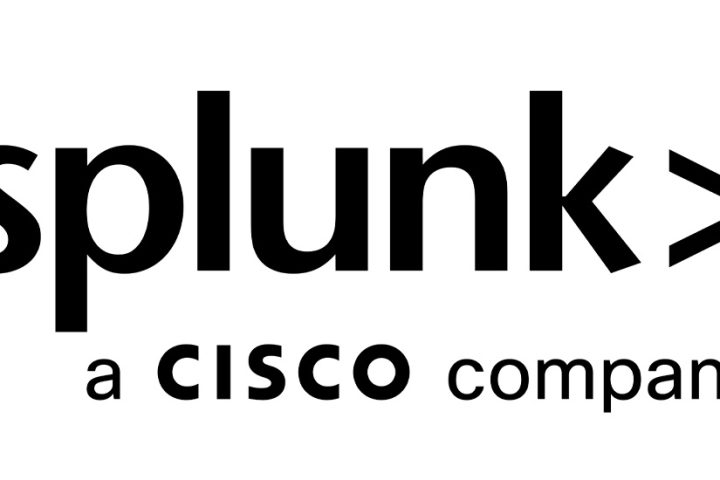The cloud should be considered in any modern storage strategy, and while the advantages of cloud models—simple, on-demand, elastic, and a driver for innovation—are beyond compelling, the path a company should take to a cloud-first strategy is not always easy to define. Private, public or multi-cloud, in conjunction with software-as-a-service (SaaS) offerings, will deliver different benefits as part of a successful enterprise cloud strategy.
In addition, I believe that as data center and application architectures change over the next decade, the future is in Data-Centric Architecture (DCA). The concept is that tomorrow’s architecture will be centred around a broadly-shared set of data services, which enable data to be freely shared by traditional and new web scale applications. Enterprise IT leaders are facing critical decisions on how to build a DCA that will allow them to harness the value of their data, and their underlying cloud strategy will be a crucial component to success.
While considering the overall architecture and future of your cloud, there is one key step that should be part of any strategy: standardize on all-flash storage. Without all-flash storage, without a flexible and scalable all-flash architecture, the cloud falls apart. The performance, cost efficiencies, simplicity, agility and scalability you need cannot be achieved without all-flash storage as the cornerstone of your data-centric architecture.
So how do you get there from here? The first thing to recognize is that moving to the all-flash cloud is not a one-step, “rip everything out and start all over again” endeavour. Rather, it is a process that will take place over time, in three distinct stages:
Putting Your First Applications on All-Flash Storage
Every organization has specific applications and workloads, such as databases supporting online transaction processing solutions for e-commerce, where the performance challenges of spinning disk storage are so difficult to overcome that you must modernize the underlying storage infrastructure to avoid putting your business at risk.
In addition to existing applications that may already be causing you pain, there are newer workloads that perhaps do not have an established infrastructure and demand the performance, resiliency, scalability and management simplicity of all-flash storage. Virtual desktop infrastructure is a perfect example of this type of workload: Because of the “bursty” nature of VDI and the pressure it places on storage performance, spinning disks are not a viable option for such deployments. To understand which application(s) should go on all-flash storage first, it is important to:
- Take stock of your own requirements, applications and budget considerations, and identify those workloads that are causing the most pain or providing the best opportunity to use all-flash storage to drive measurable business improvements.
- Take the time to understand the benefits of all-flash storage solutions and how they can be applied to enhance and strengthen these particular applications and workloads.
- Evaluate leading all-flash solutions and determine which features, functions and pricing models will maximize your ability to modernize these workloads and begin your journey to the all-flash cloud.
Consolidation—Putting More Applications on All-Flash Storage
The introduction of flash prompted an evolution of the storage market. Initially flash was seen as a premium technology, reserved for tier-1 use cases. Now flash technology is a must-have and has eliminated the need to silo data in different places. Historically, you had hot and cold data. Hot data is the data you want immediate access to, often running real-time analysis or AI protocols on to extract insight and value. Cold data was simply stored for recoverability purposes, typically on disk or even tape storage. Having these different tiers of storage led to increased complexity, cost, and inefficiency.
Today, utilizing the market’s leading-edge all-flash technologies, these categories can be eliminated as all data can be consolidated into one place, ready for AI and real-time analysis. Organizations with decades worth of cold data on legacy storage can migrate to all-flash arrays, making it available for immediate AI processing. In this way you can heat up data that was previously cold, often uncovering new value and insight through AI or machine learning.
By consolidating your data into one place, you also maximize many cost savings including lower energy consumption and less floor space use, reduced software licensing fees, and further savings through deduplication and compression over more applications and workloads. In addition, you do not need to deal with the consequences of data gravity, where data has to be moved from one data island to another, a lengthy and often expensive process.
Build Your Cloud on All-Flash Storage
As you move from your first all-flash applications through consolidation and toward the all flash cloud, an important step will be to bridge the virtualization gap between your servers and the rest of your infrastructure, namely storage and networking.
This is another area where your all-flash architecture can play a critical role in providing the flexibility, agility and management simplicity required for a successful cloud deployment. What are you trying to accomplish? If you start with delivering basic cloud-type services, your must-have list would include:
- The ability to share resources through simple and automated processes—Users should be able to go straight to your on-premises cloud and choose the storage capacity and performance they need, for as long as they need it.
- Automated metering and chargebacks —Once users have chosen the resources they want, the cloud infrastructure should be able to meter their usage and create an automated chargeback mechanism, so they only pay for what they actually used.
- Elastic scalability—Once resources are used, they go back into the pool and become available to other users and departments. As storage capacity and performance requirements grow, the storage platform should be simple to upgrade, update and scale.
The cloud and all-flash storage are two of the most important innovations driving the next generation of data-centric architectures. While it may seem at first that these are parallel trends, in reality they are inextricably intertwined. Without the benefits of all-flash storage—driving new levels of performance, agility, elasticity and management simplicity—enterprises would not be able to modernize their infrastructures to deliver data-as-a-service, on-demand. It is no coincidence that the largest hyperscale cloud providers rely on all-flash storage solutions as their storage foundation.
You can take the cloud journey in stages, starting small with a single application or two, and then adding more applications through consolidation and virtualization. You can also implement multiple stages at once. With all-flash storage, you can do everything you are doing now, only better, faster and simpler, with more agility and more resilience. You may choose to go slowly, or you can go big—all the way to the cloud.














